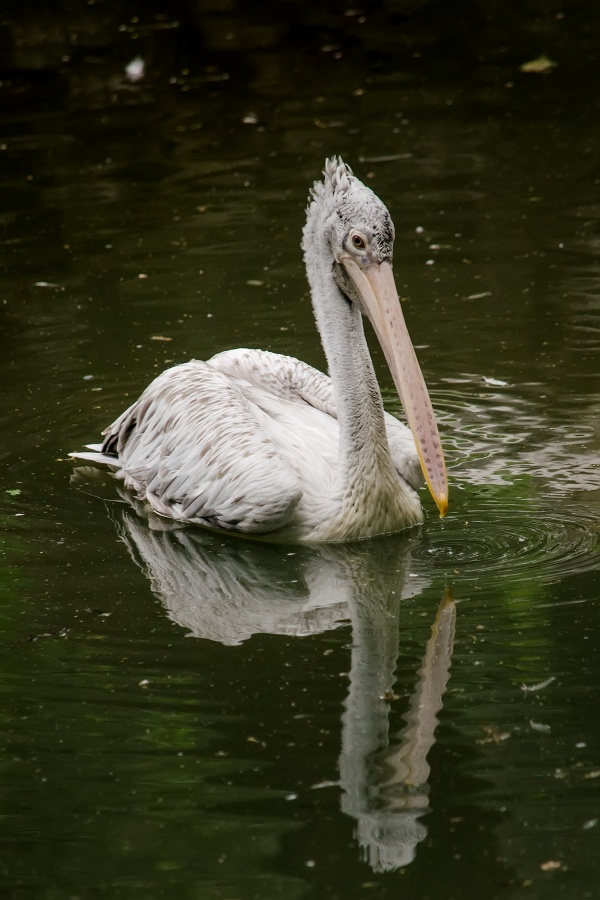Facts About Spot-billed pelican
The spot-billed pelican, also known as the grey pelican, is a captivating bird native to southern Asia, ranging from Pakistan to Indonesia. This large bird is easily identifiable by its predominantly white body, grey crest, and brownish tail. Unlike some other avian species, spot-billed pelicans do not undertake long-distance migrations but tend to move locally, typically favoring shallow freshwater habitats.
Spot-billed pelicans are notable for their social nature, particularly during the breeding season. They prefer to nest in colonies near wetlands, sometimes even in proximity to human settlements. Tragically, many of their large breeding colonies have dwindled over time due to habitat destruction and human encroachment, causing a decline in their population. In some parts of Southeast Asia, certain groups have even gone extinct. However, proactive conservation efforts have led to a recovery in their numbers. Reflecting this positive trend, their status was upgraded from "vulnerable" to "near threatened" on the IUCN Red List in 2007.
Behaviorally, spot-billed pelicans are generally quiet but can become somewhat vocal around their nests. They capture fish using the pouches in their bills while swimming and typically hunt alone or in small groups. During the breeding season, they engage in elaborate courtship displays involving the inflation of their pouches and various head movements. These birds build their nests in low trees, and after an incubation period of about 30 to 33 days, the eggs hatch. The juveniles remain near the nest for several months until they are ready to explore on their own.
Interestingly, spot-billed pelicans can also host specific parasites, such as Renicola pelecani. Despite the challenges posed by habitat loss and human activities, ongoing conservation efforts have made a significant positive impact on their populations.

 China
China